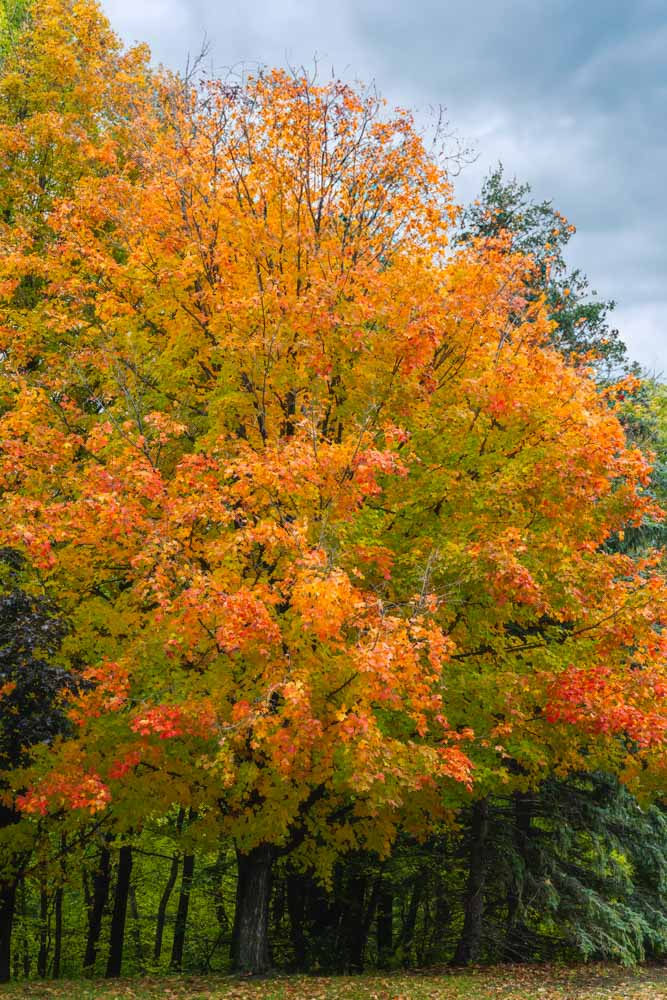 I greeted the morning on this cloudy Sunday by noticing the
I greeted the morning on this cloudy Sunday by noticing the
Amazing Glow
of the sugar maple tree that I could see out my kitchen window. Though it glows every fall and this year’s glow is less vivid than other years, it still makes my heart leap to see it’s fleeting fall beauty. Each day I try to soak in and savor the beauty of moments like the one when I first glanced out the kitchen window this morning.
Why is life beautiful? As a photographer I see beauty in color, form, balance, and pattern. Some colors, forms, and patterns draw me more than others. But I often find beauty in unexpected places by looking closely. Sometimes I discover tiny vignettes on the ground, in the leaves, in the flower garden, and in the air.
Our world is full of earthly gifts. Sometimes those gifts sustain us in a very concrete way. At other times they nourish and sustain us simply because they enliven and beautify our lives.
Flowers bloom and create seeds so that life can continue. Their beauty attracts the pollinators that help promote the propagation of those plants. So, in a way, being beautiful is a beautiful way for life to continue, thrive and survive.
— from my book, Looking for God
More Creative Play with Flowers
I thought I would give you a look inside my dining room studio to see how simply you can create a setup for flower photography. Here is what my “studio” looked like this morning…
I use plain old foam core board laid on top of the buffet and propped up against the wall. There is light from the deck window and another window on the far side of the dining room table that gives me nice indirect light. Today I covered the foam core board with piece of white fabric and then layered a sheer shiny fabric on top of that. I also sometimes use plain old white gauze (you can see a folded up bunch of gauze on the side of the buffet).
Here is the final photo of the gerbera daisy that I had setup in the photo above.
I used my canon “nifty fifty” f/1.8 lens on my camera and manually focused the shot at f/1.8. To edit the image I layered a texture over the photo in Photoshop.
I don’t use a macro lens for my closeup flower photos. Instead I use a set of extension tubes (my set has 3 different sizes which can be combined to get really really close) and I find that I have all I need to make all sorts of flower photos.
The bouquet of flowers that I bought this week has some really interesting color combinations, ones that I would not normally pick. But I found the colors and the different shapes and textures of this bouquet very intriguing.
This morning I played with this rust-colored spider mum, combined with a couple of stems of hot pink carnations. And then I played even more by seeing what toned monochrome versions of the photo would look like. Here’s the first one I created…
And here is how I created it…
In Photoshop, I used Silver Efex Pro 2 (a really old version of this Nic plugin) to create an ambrotype toned monochrome (see layers in bottom right corner). Then I layered a texture file over the monochrome using a blend mode of luminosity.
In this second version, I followed similar steps but chose a blend mode of exclusion. Its the same photograph edited with exactly the same steps except that I chose a different blend mode for the texture.
That is why I call my photography work creative play. Much of what I do is to play around with different treatments, textures, and blend modes to create something that speaks to me.
Play is our brain’s favorite way of learning.
—Diane Ackerman
Wishing you a beautiful week full of creative play.
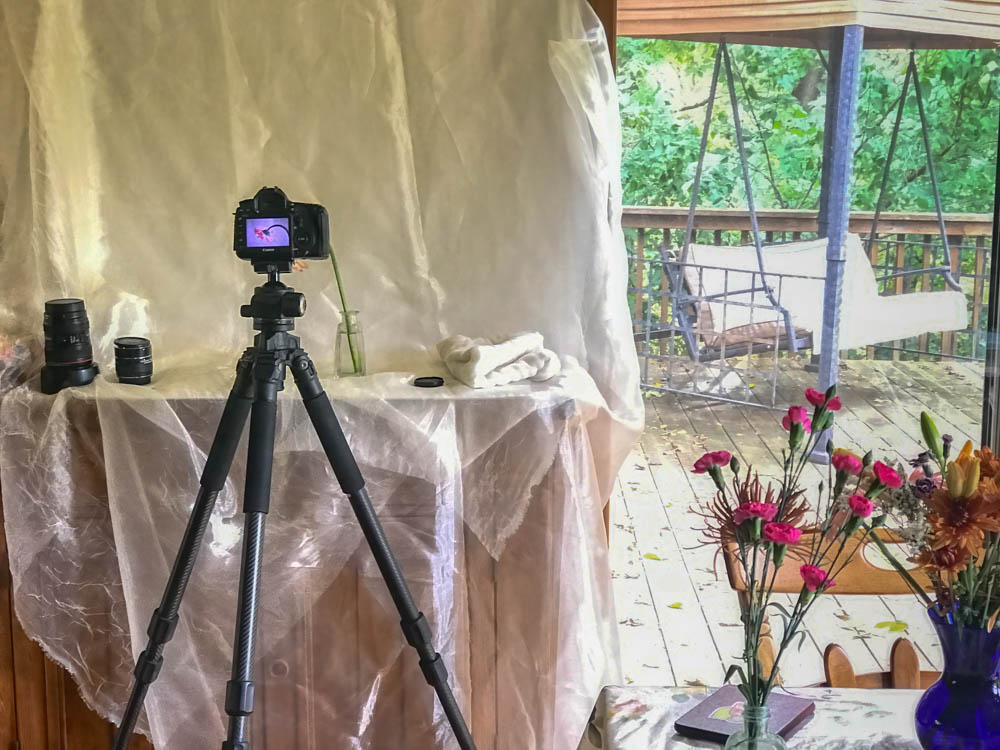
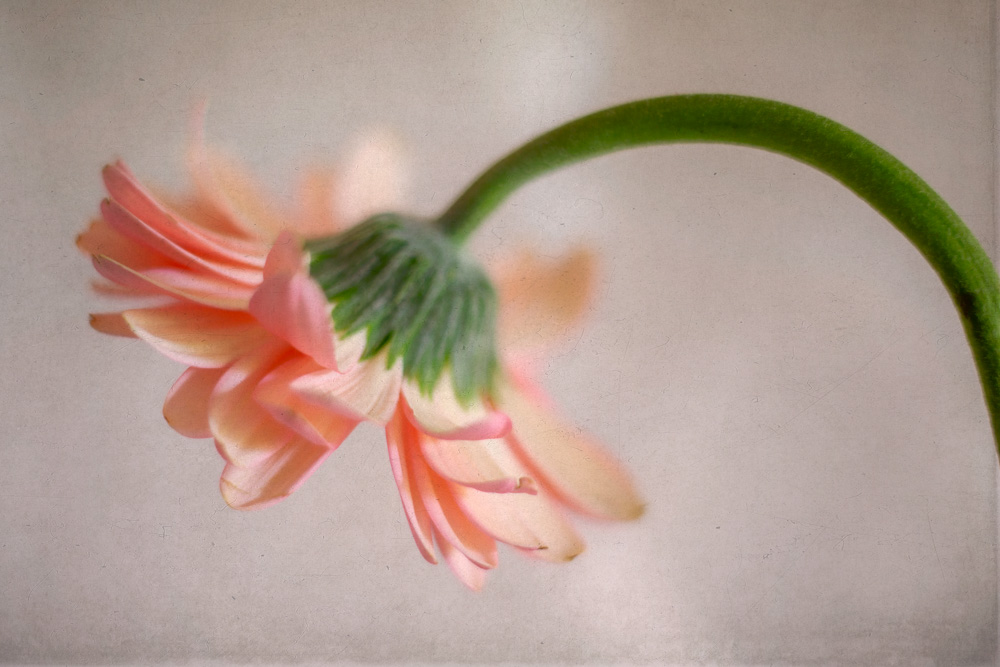
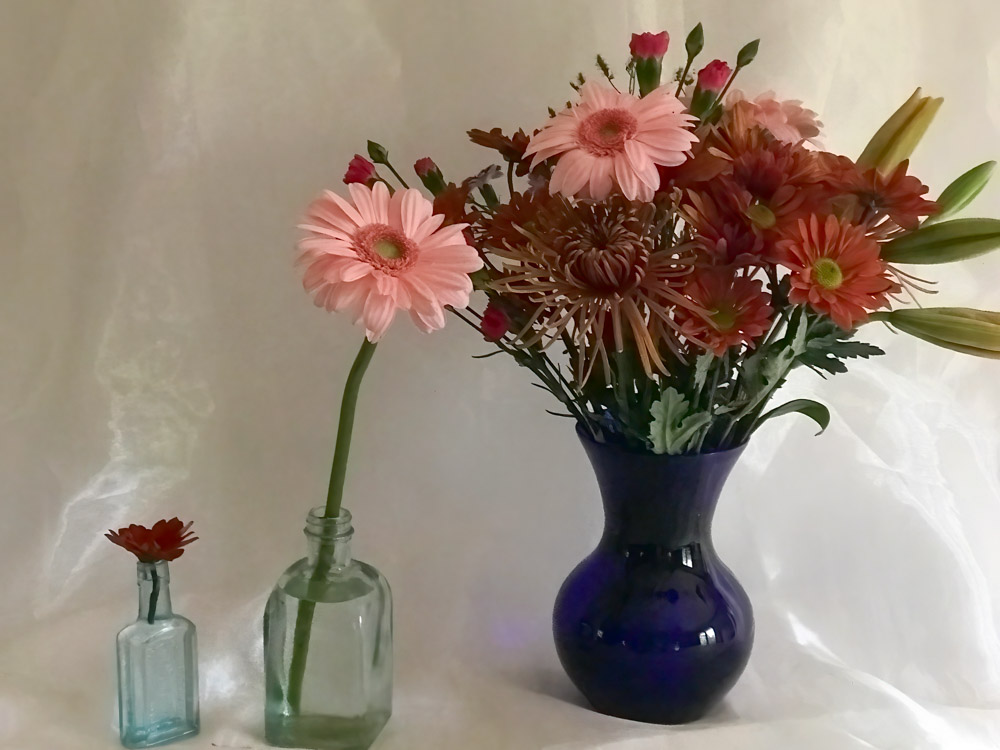
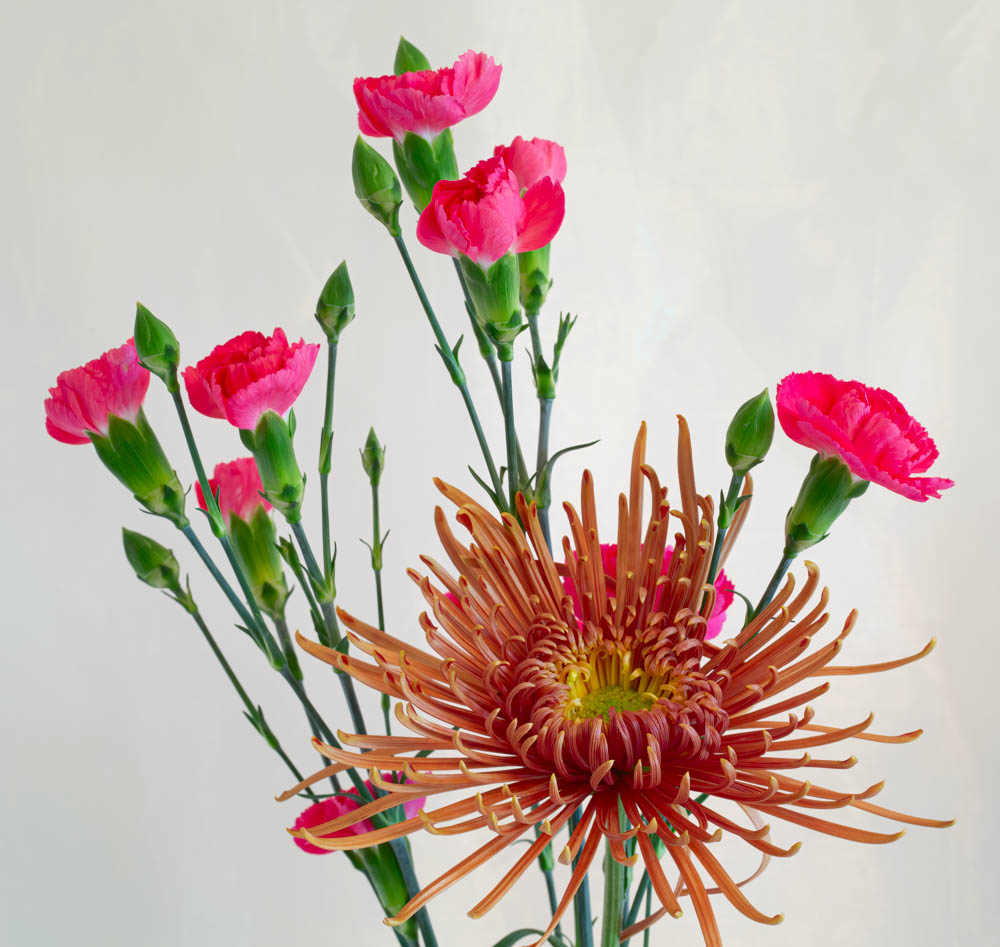
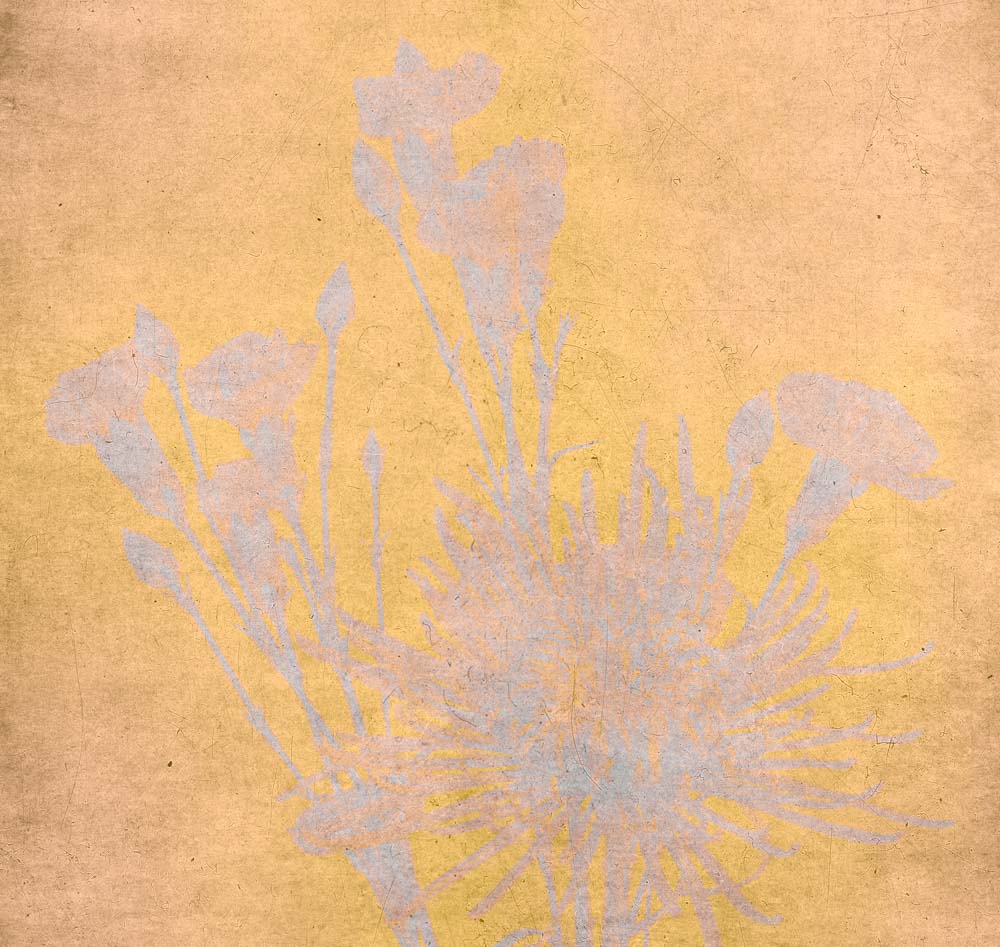
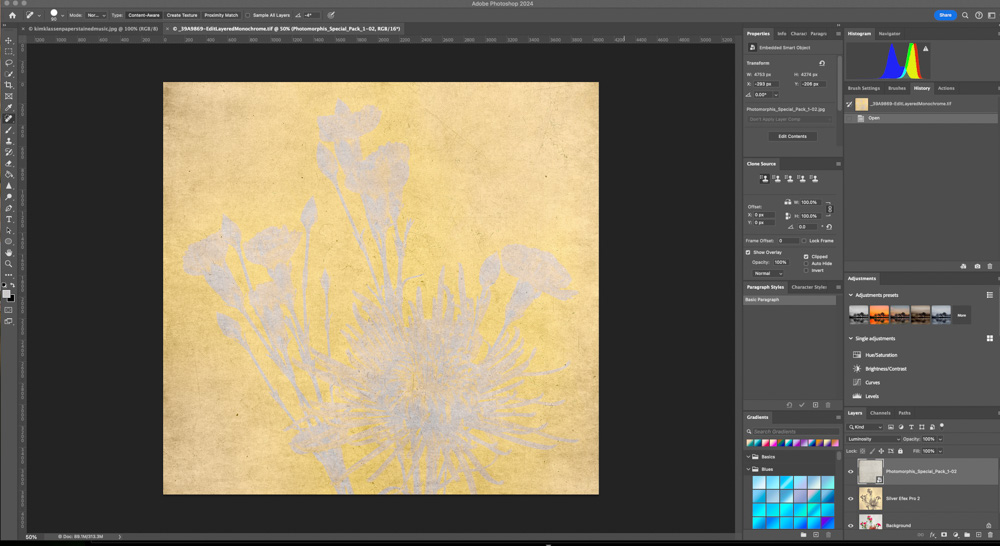
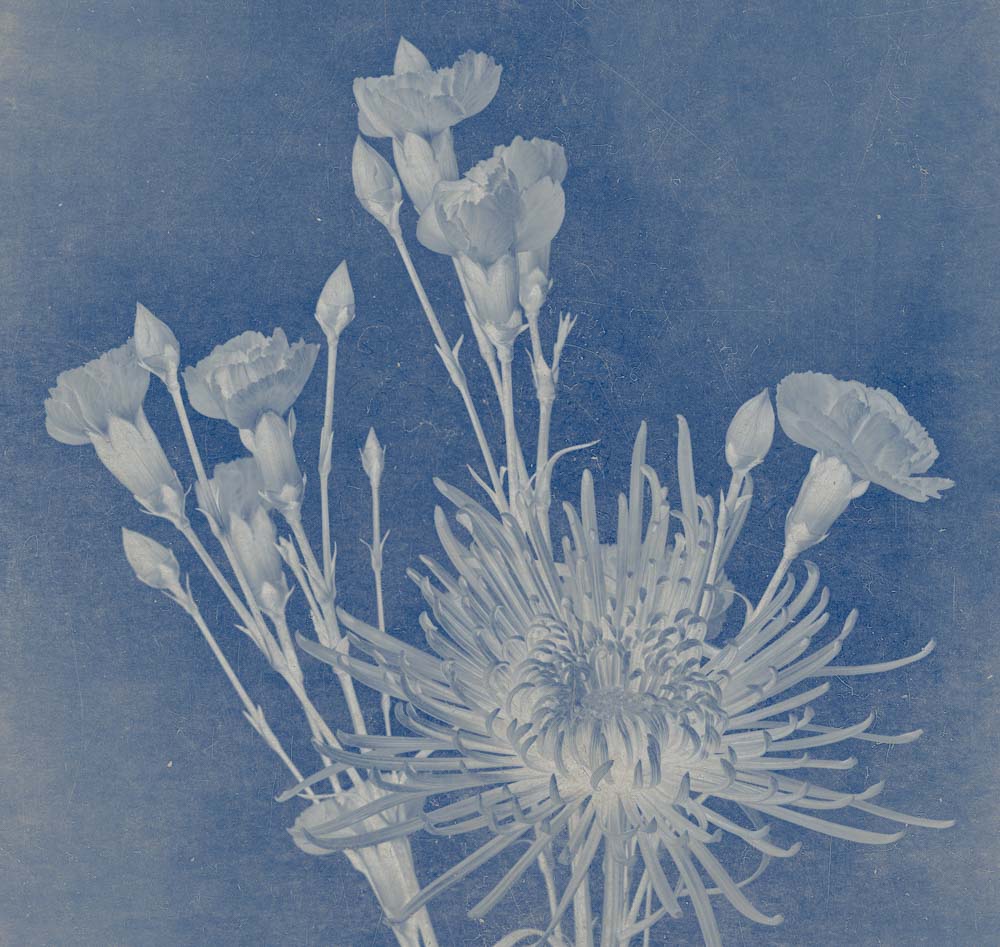
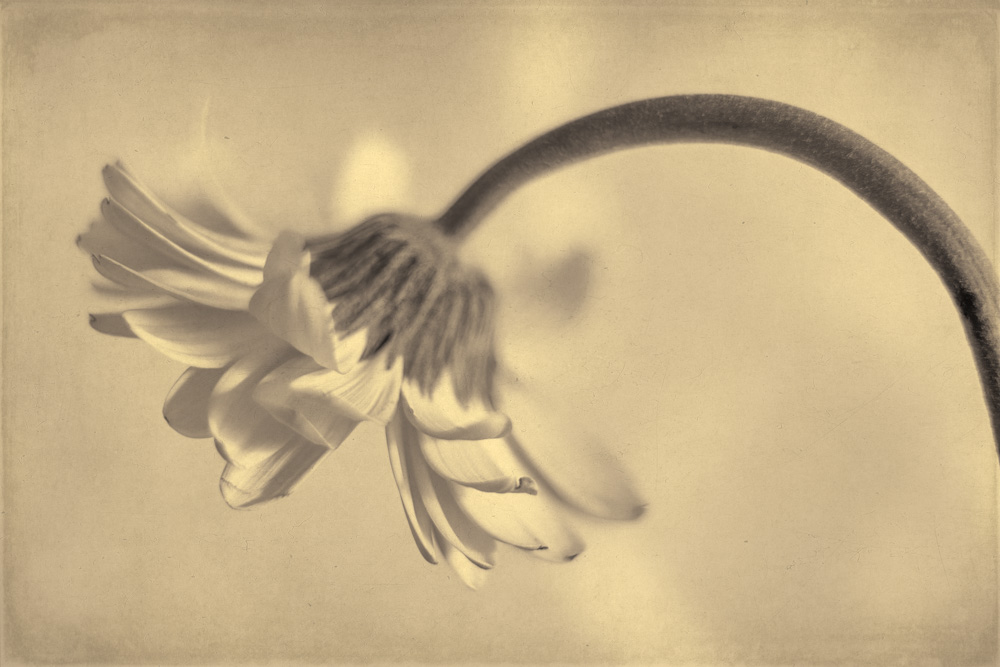
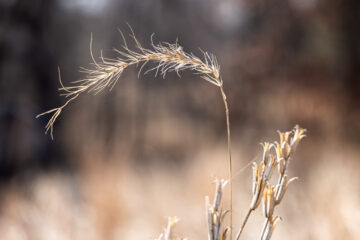
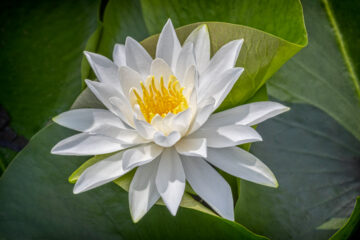

0 Comments